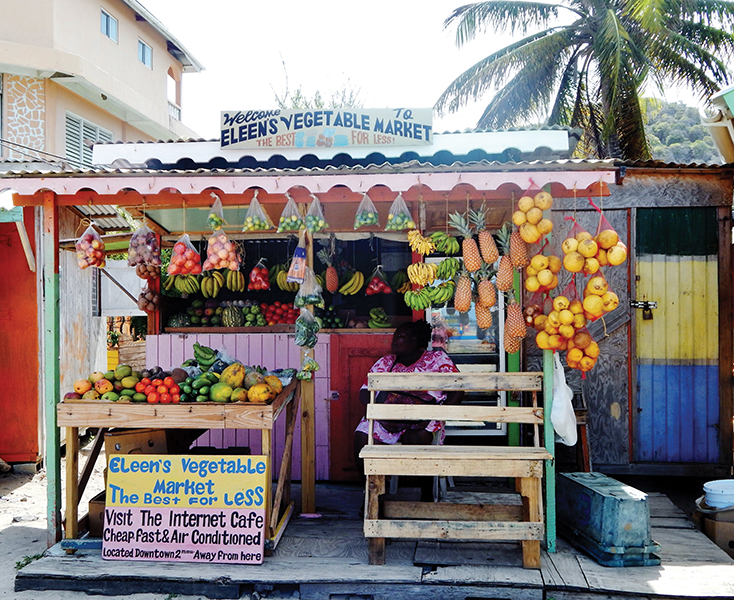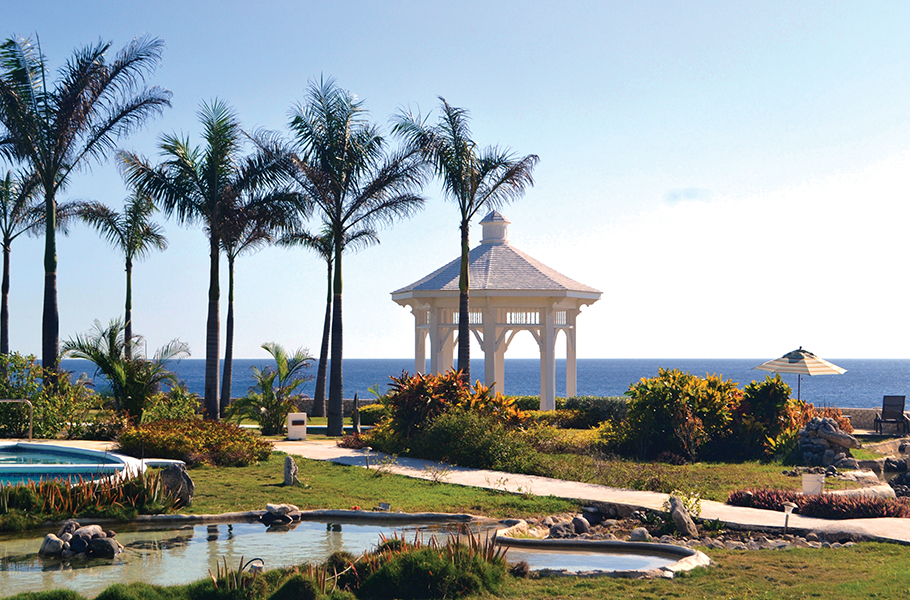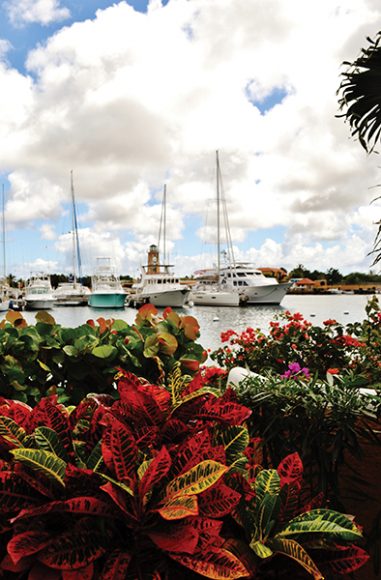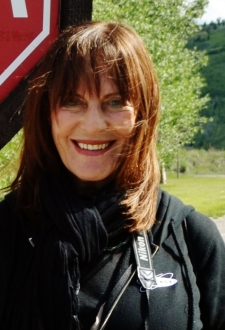The Amazonian giant centipede, the 6-foot yellow Jamaican boa, the hutia — a small, squat rodent once popular as a food source for the Taino people — all are indigenous to Jamaica.
But put that out of your mind right now. When you visit Jamaica, chances are you won’t cross paths with any of these lovelies. Instead, you’ll be surrounded by an azure sea, lush tropical scenery and some of the nicest people you can ever hope to meet.
Jamaica, the third largest island in the Caribbean, was once a Spanish possession known as Santiago. In 1655, it came under the rule of England and was named Jamaica. The country achieved full independence from the United Kingdom in 1962, thus commemorating its 50th anniversary in 2012. That year, a British secret agent we all know and love was also celebrating a 50th anniversary — his debut in the long-running 007 film series. James Bond’s creator, Ian Fleming, lived in Jamaica and repeatedly used the island as a setting for his Bond novels, including “Live and Let Die,” “Doctor No” and “For Your Eyes Only” as well as the short story “Octopussy.” Two Bond films were made in Jamaica, and “The Man with the Golden Gun,” his 1965 novel, is centered in its resort town of Negril.
Located in Westmoreland, the westernmost parish in Jamaica, Negril is small and intimate, with a population of just over 3,000. It’s thought that the name comes from the black eels found along the coast. Spaniards called the area Negro Eels, shortened to Negrillo and finally to Negril. The coastline, commonly referred to as Seven Mile Beach, is actually just slightly more than four miles in length — but who’s counting? Here you’ll find the island’s finest beaches, rated among the top 10 in the world and ideal for diving and snorkeling, thanks to their protected reefs. Nightlife in Negril is full of possibilities — lots of restaurants and live reggae shows on the beach. And, of course, visiting both Jimmy Buffett’s Margaritaville and Rick’s Café (with its fearless cliff divers) is a must.

CAPITAL OF CASUAL
The town is quaint — no traffic lights, only one roundabout. The road leading into the center has two narrow, winding lanes crowded with traffic. As my taxi zipped along, confidently maneuvering the treacherous blind curves, the driver noticed my white knuckles clutching the back of his seat. In that wonderful Jamaican lilt, he reassured me, “No problem, mon, we’re used to it.”
The road was lined with goats, dogs, chickens, brightly colored dwellings and small stores with vibrant, rainbow-hued clothing — dresses, pareos (sarongs), T-shirts and skirts, all flapping in the breeze. I had to get a photo so I hopped out of the cab and began snapping. A young gal peered out from between the garments, asking if she could help me. Saying I just wanted a picture, she said, “OK, but if you want, I can braid your hair.” Sensing that my beach-blown coif needed help, yet unable to channel a Bo Derek moment, I declined. Smiling warmly, she wished me a nice day and I was on my way. No pressure, no hard sell. I was quickly getting the sense that Negril, known as “The Capital of Casual,” lives up to its name.
RASTA MAN
I found my way to a small, rural village tucked high in the mountains of St. Ann Parish where reggae singer Bob Marley, one of Jamaica’s most esteemed citizens, was born in 1945 and laid to rest in 1981. The community is owned and operated by the singer’s family, and my tour started with a walk through the house he lived in as a boy. My Rastafarian guide shared with our group many little-known insights about Marley’s childhood and career. We visited Mt. Zion Rock, which he used as a meditation spot, and, finally, we toured the mausoleum, his final resting place.
ON THE ROCKS
While in Negril I visited one of its finest luxury resorts, The Cliff Hotel, perched on a rocky precipice leading to the sea. The hotel’s setting, in the northwest corner of Jamaica, offers picturesque views with a benefit. Hurricanes typically hit the eastern coast, not this region of the country. Located about an hour and a half from the Montego Bay airport, the resort offers a pickup service as well as a yummy rum punch the moment you arrive.
I was given a tour of the sprawling property and then handed a cell phone. “Press this button,” I was instructed, “and 24-hours a day you can reach your personal butler. He’ll take care of everything.” The Cliff’s staff is friendly, attentive — and a lot of fun. Each morning my waiters, Hassan, Omite and Johnny Walker, made what might have been a merely routine breakfast a really cool happening. They spun all my reggae requests and engaged in good conversation with charming Jamaican patois. The “Let’s Get Together and Feel Alright” ambience of Marley’s hit “One Love” was infectious.

LOVE THE LIFE YOU LIVE
The Cliff is famous for the myriad destination weddings it hosts. All decisions can be coordinated with its wedding planner beforehand so when the bride and groom arrive, they’re free to kick back and simply enjoy the resort with family and friends. A wedding was planned while I was there. I observed the wedding couple frolicking in the pool, dining with their guests, catching some rays, all without the slightest frisson of stress. Everything had been handled in advance.
I had the chance to experience the couple’s rehearsal dinner, which the resort took great delight in planning. It was a traditional meal with tasty offerings from each of Jamaica’s parishes. For example, from St. Elizabeth Parish there was fried bammy (cassava) and, from Portland Parish, curried goat. I saw many guests lined up at the buffet for this particular delight. Me? I made a beeline for the dessert table.
LIVE THE LIFE YOU LOVE
I awoke next day to the solitude of a sweet Jamaican morning — a warm breeze rustling tall palms, the shimmer of a glass-like Caribbean Sea. A significant factor for this cherished calm is that Negril is still fairly underdeveloped. However, this may not last for long as there is now a new highway from Montego Bay and an improved infrastructure that will ultimately bring many more tourists, hotels and tour operators. It’s a most compelling reason to visit Negril, Jamaica — now.
For more, visit negril.com, thecliffjamaica.com and visitjamaica.com.



